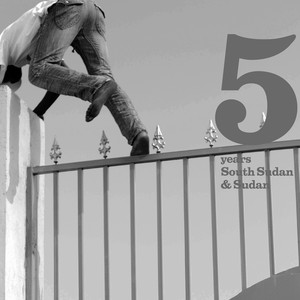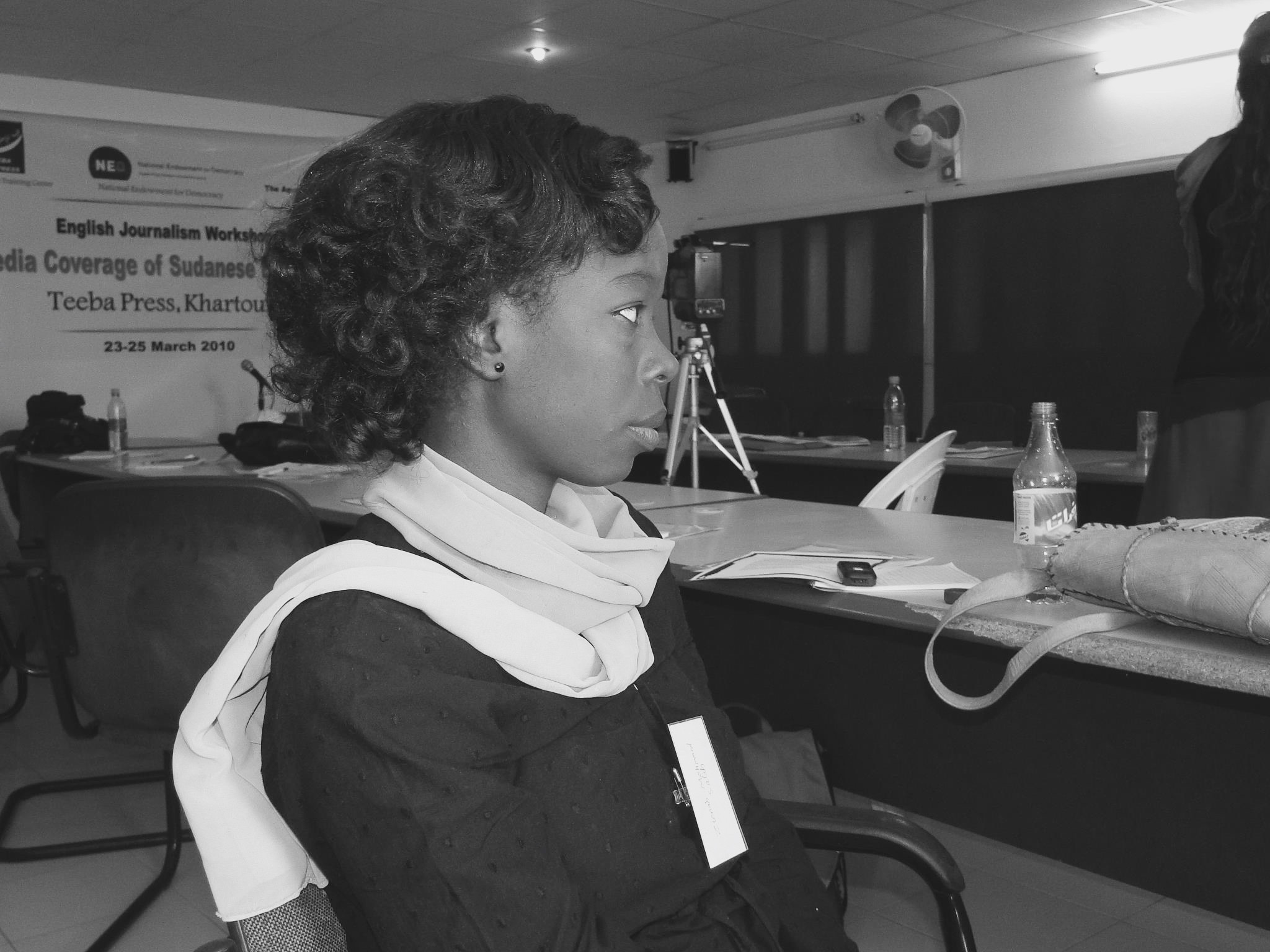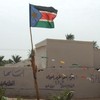Five times what if

1. More time...
It would have been good to stretch out the transitional period in the Comprehensive Peace Agreement (CPA) signed between Sudan and the Sudan People’s Liberation Movement (SPLM) in 2005. In reality it lasted just five years, far too brief in the context of decades of suffering.
That is especially true for the south, where strife began before the independence from the British occupation in 1955. The civil war erupted a year before Sudan’s independence and claimed the lives of more than two million people. Millions more were displaced to neighbouring countries or sought exile further afield. Most of the victims were from South Sudan.
During peace negotiations in Kenya, John Garang de Mabior, the SPLM’s former leader and Sudan’s former Vice President, suggested that the transitional period should be 12 years but the National Congress Party (NCP) refused and insisted on five years. If more time had been made for the adjustment to peace, there could have been awareness programmes to introduce the people in the north and the south to each other.
By getting to know each other better, stereotypes and animosity would have been reduced, which also would help avoid conflict like the one in the oil-rich border area of Heglig in 2012, when each side accused the other of supporting rebels.
2. More justice...
More effort to bring about transitional justice, focusing on accountability and reconciliation, could have strengthened the foundations of peace. By building up a culture of justice and responsibility, there would have been a chance of stopping bloodshed and wars, for example, in Darfur, South Kordofan and the Blue Nile.
During the Naivasha negotiations, the SPLM mooted measures towards accountability and reconciliation as part of the transitional justice, similar to South Africa’s response to the end of apartheid, or Morocco’s process after the death of King Hassan II. However, this suggestion was rejected by the Sudanese government.
3. If the ‘great man’ had lived...
Those believing in the so-called ‘great man theory’ say the sudden death of John Garang de Mabior, the charismatic Vice President of Sudan, sewed the seeds of secession and subsequent crises. Garang, who died in an unexplained helicopter crash in 2005, supported a united Sudan, where all citizens are equal.
Reflecting his popularity, when Garang moved to Sudan, he was greeted by six million people, according to SPLM statistics. Had he lived, his wide-reaching respect and influence could have helped rally citizens behind peace to overcome volatile post-war tensions.
4. Solving sticking points...
If more highly contentious issues had been solved during the Naivasha negotiations, history would have taken a less violent course. For example, if decisions had been made on border disputes, the Abyei issue, oil pipelines and Sudan’s debts, there is a chance that the Sudanese people could have remained unified, averting the post-secession downward spiral.
For example, agreement on the oil issue alone could have built bridges between the two sides helping them to remain united. After all, the south can only export its oil through the north’s generally flat terrain, as building new pipelines via Kenya is prohibitively expensive. If both sides could have agreed to work together on set conditions, many lives would have been saved during the Heglig escalation four years ago.
Similarly, a different handling of the controversy surrounding Abyei, which is claimed by Sudan and South Sudan, could have rewritten history. It would have enabled the Misseriya and the Dinka Ngok to coexist, rather than inflict violence on one another.
5. Fewer guns...
If only neighbouring countries and the international community had acted differently, the two Sudans would have had a better chance of forging peace. If the international community had stemmed the flow of arms to the two sides, the conflicts might have been averted or, at least, the death toll would have been reduced.
An investigation by the Guardian newspaper three years ago showed that the United Kingdom provided military support to Sudan and the Democratic Republic of Congo through training of military personnel from the two countries, which were both in the grips of civil war.
A United Nations report published in August 2015, meanwhile, identified Israeli-made IWI-ACE machine guns in South Sudan and an arms deal between arms manufacturer Norinco and the Ministry of Defense and Veterans in South Sudan, signed amid the civil war in June 2014. The deal included machine guns, bomb launchers, general machine guns, pistols and highly-explosive anti-tank rockets.
Similarly, the Small Arms Survey also published a list of possible exporters of arms to South Sudan in 2012, including Ukraine, China, Russia and the United States. In 2008, the non-profit organisation also detailed international arms exporters to Sudan, which included Iran, China, Russia, Belarus, Turkey, Egypt, Saudi Arabia, Germany, United Arab Emirates, Italy and Kuwait and was based on Sudanese reports sent to the U.N. Comtrade database between 2001 and 2008.
Therefore, it was not surprising that Sudan came third among African arms importing nations after Algeria and Morocco, according to the according to the Stockholm International Peace Research Institute’s Arms Transfer Database for March 2015.
Ironically, the international community was simultaneously pumping money into alleviating the war’s devastating footprint in both countries while also providing the weapons which escalated the conflict. At the end of the day, only when the flow of arms to the conflict zone stops and peace and justice are prioritised above profit and greed, can the current turmoil be halted. Only then, can people start talking about the capabilities of Sudan and South Sudan to provide a decent life for their citizens. As long as the current situation continues, profiteering and selfishness will remain the only principle respected by the players involved.






